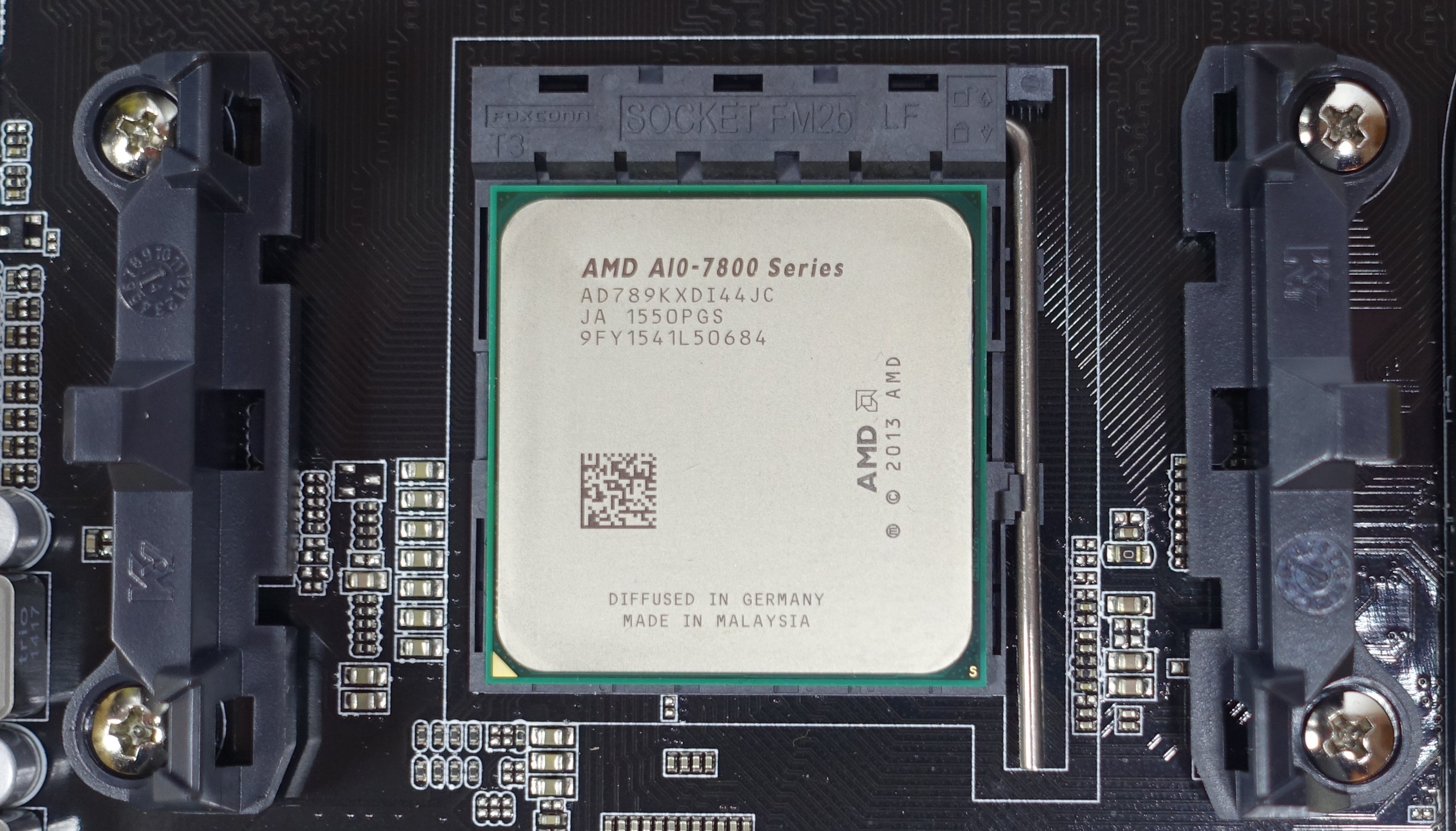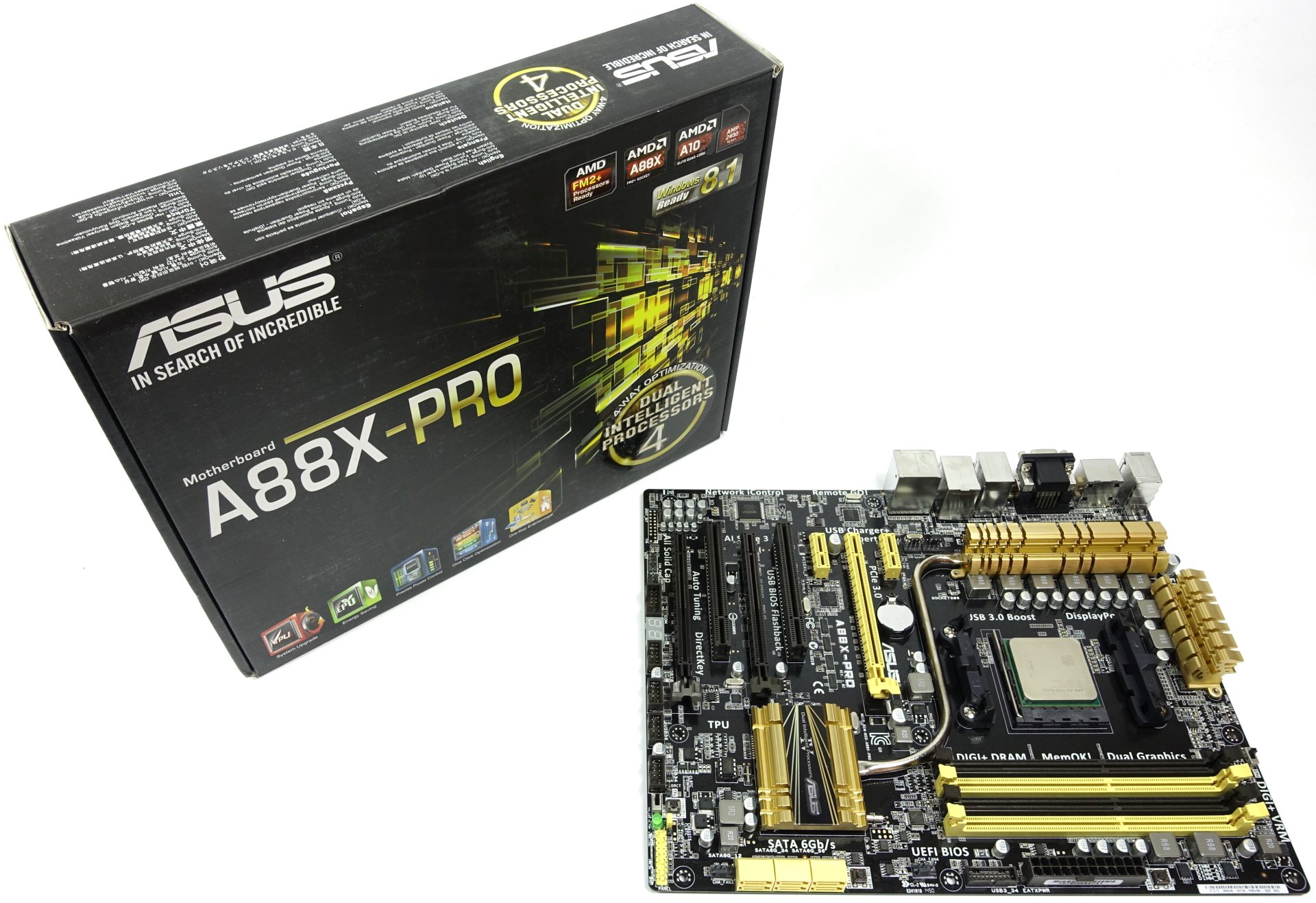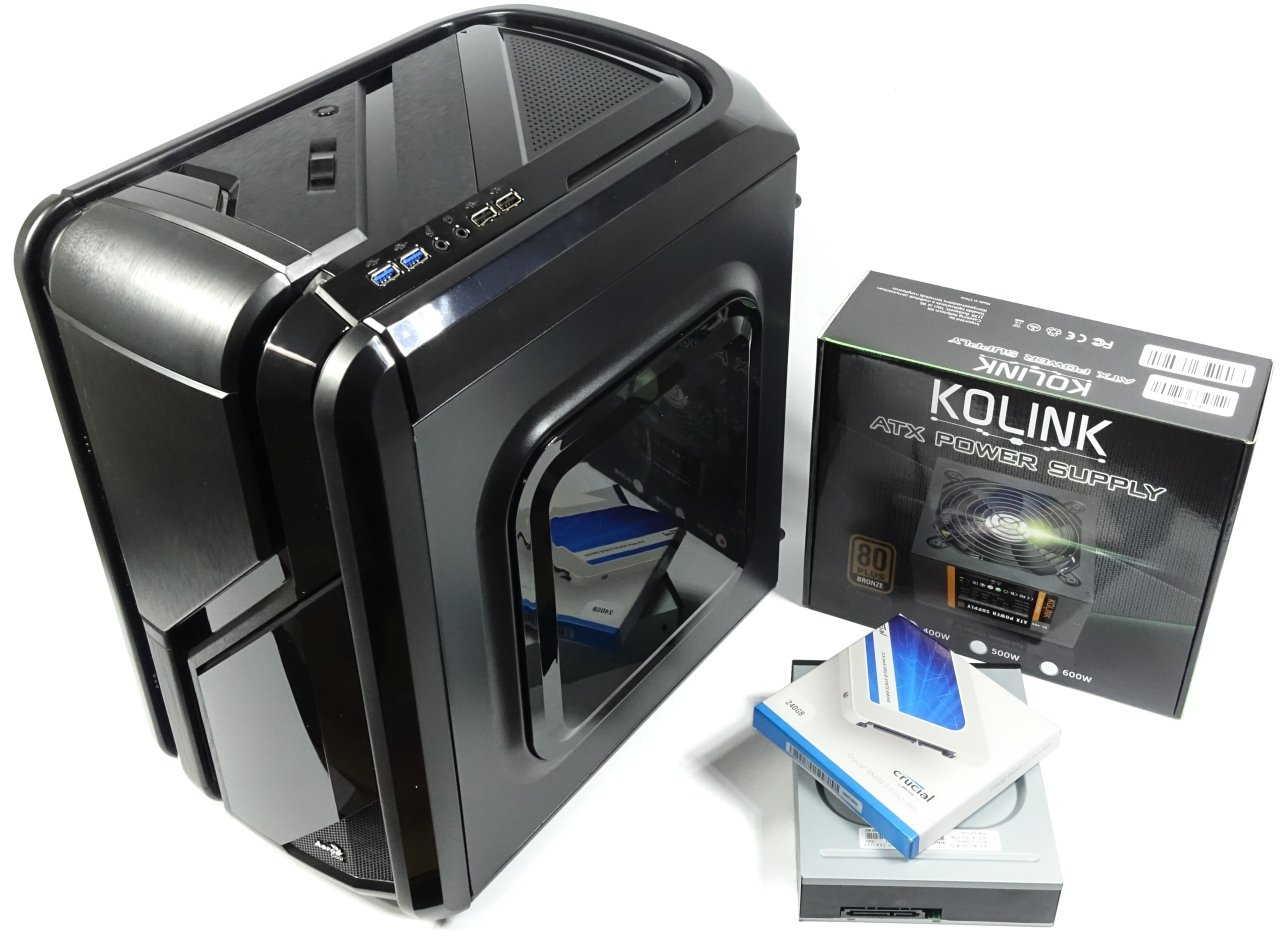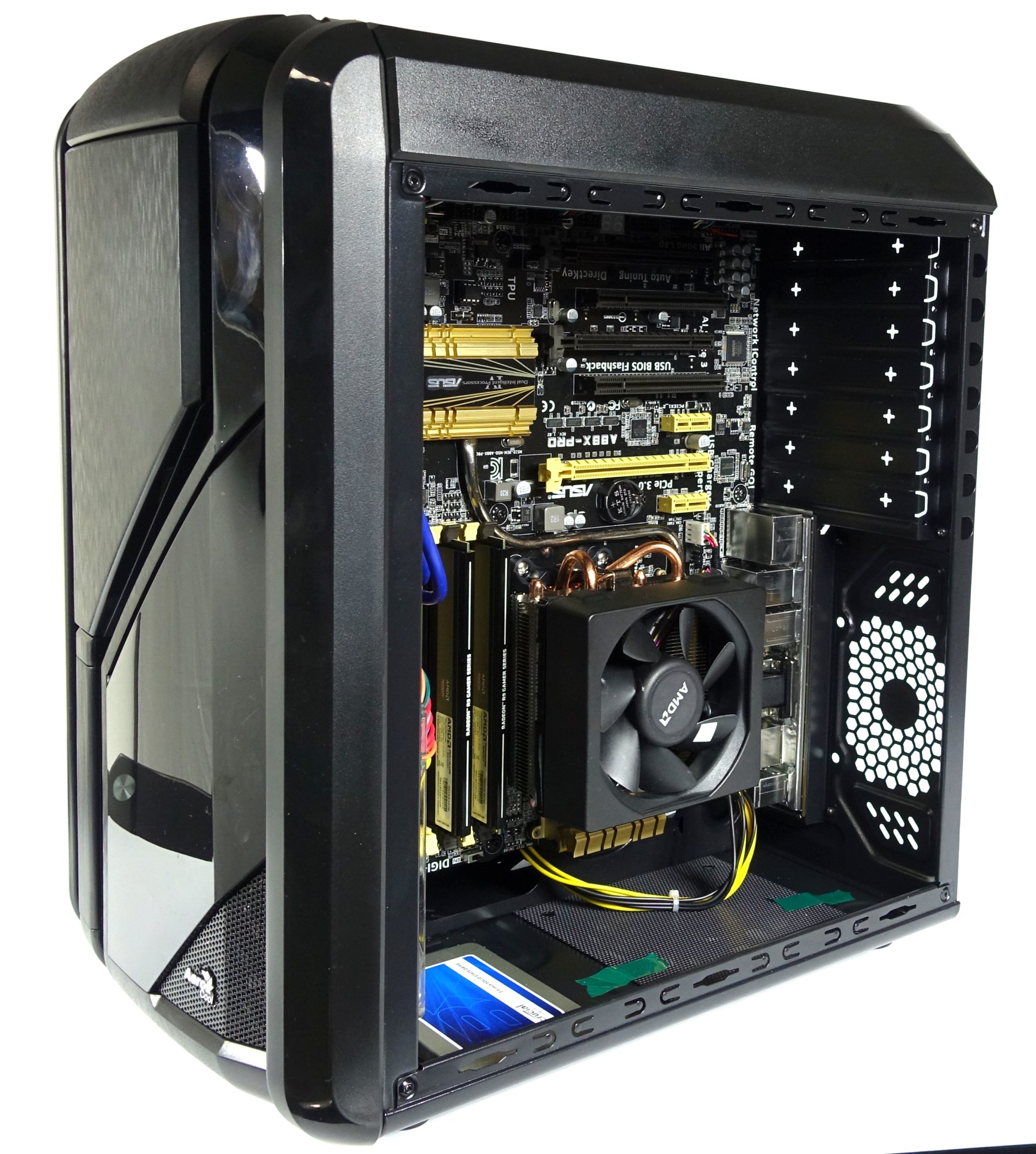AMD A10-7890K APU Review
AMD's new A10-7890K represents the very top of the low-cost APU family. We're answering whether it can breathe new life into the line via online gaming, or if its small clock rate bump just isn't worth more money compared to the A10-7870K.
Introducing The A10-7890K
What do you do when you've announced new technology, but aren't expecting it to be ready for a while? In AMD's case, the Summit Ridge CPUs and Bristol Ridge APUs won't show up anytime soon, so the company needs something to tide it over in the meantime.
AMD's new A10-7890K APU is supposed to bridge the gap. Compared to the A10-7870K, it enjoys a 200MHz bump in clock rate and includes the beefy Wraith cooler. The processor is aimed at those who play a lot of online games and don't really need discrete graphics.
The Kaveri architecture, and its small evolution to Godovari, is as mature as it can possibly be. However, AMD decided to give its fans an encore. What's supposedly makes this possible are small improvements to the 28nm process, which is plausible given AMD's long history with these APUs and their architectures.
A second explanation for AMD's A10-7890K APU hitting a higher 4.1GHz base frequency and screaming 4.3GHz peak Turbo Core clock rate is the bundled Wraith cooler. It offers greatly improved thermal performance compared to the old stock heat sink and fan.
AMD's Wraith cooler is designed to deal with up to 125W of waste heat. Consequently, it shouldn’t have any trouble with AMD's 95W APU (though, in fact, the -7890K actually exceeded 125W in some of our testing).
Thanks to the clock rate bump, AMD's new APU ends up offering a theoretical 1.02 TFLOPS of compute performance, crossing the 1TFLOPS threshold so long as there's no graphics workload. We have a special test just for this scenario, and it'll show why it's so hard for AMD's APUs to strike a good balance between their host and graphics processing capabilities.
Before we introduce our test PC, which we configured specifically for AMD's target group, let's take a look at the most important members of AMD's x86 Steamroller-based family:
Get Tom's Hardware's best news and in-depth reviews, straight to your inbox.
| APU | AMD A10-7890K | AMD A10-7870K | AMD A10-7860K | AMD A8-7670K | AMD A8-7650K | AMD A6-7470K |
|---|---|---|---|---|---|---|
| Generation | Godavari | Kaveri | Godavari | Kaveri | Kaveri | Godavari |
| Cores/Threads | 2/4 | 2/4 | 2/4 | 2/4 | 2/4 | 1/2 |
| Base Clock Rate | 4.1GHz | 3.9GHz | 3.6GHz | 3.6GHz | 3.3GHz | 3.7GHz |
| Turbo | 4.3GHz | 4.1GHz | 4.0GHz | 3.9GHz | 3.8GHz | 4.0GHz |
| L2 Cache | 4MB | 4MB | 4MB | 4MB | 4MB | 4MB |
| Graphics Engine | GCN Radeon R7 Series | GCN Radeon R7 Series | GCN Radeon R7 Series | GCN Radeon R7 Series | GCN Radeon R7 Series | GCN Radeon R5 Series |
| Shaders | 512 | 512 | 512 | 384 | 384 | 256 |
| GPU Clock Frequency | 866MHz | 866MHz | 757MHz | 757MHz | 720MHz | 800MHz |
| TDP | 95W | 95W | 65W | 95W | 95W | 65W |
Building A PC For Online Gaming
Working over an open bench table does get boring after a while, so we decided to take AMD at its word and build a PC around its APU that's both inexpensive and offers optimal performance for games like Dota 2. This system is the foundation for all of today's benchmarks.
We settled on an ATX motherboard, since we just couldn't find a suitable alternative. It's just not that easy to find a compact platform with a Socket FM2+ interface and DisplayPort connectivity. Of course, DisplayPort was required for testing FreeSync. Our 24-inch AOC G2460PF is perfect for this kind of setup.
If you can live without FreeSync, there are good motherboard alternatives. For instance, you'll find mini-ITX boards for small systems selling right around $50.
After a discussion with Caseking, we decided to go with the Aerocool GT-RS ATX Cube chassis. It's a relatively inexpensive dual-chamber enclosure that toes the line between mid-tower and cube. Its $75 street price should work for lower budgets, too.
To complete our light gaming PC, we used a DVD drive that can be installed vertically and an inexpensive 240GB SSD from Crucial. This setup, or a variation thereof, should be perfect for occasional gamers, so long as they understand the limitations of AMD's APUs and are willing to live with them. As the story progresses, we'll go into more depth on what exactly those limitations are.
MORE: Best CPUs
MORE: Intel & AMD Processor Hierarchy
MORE: All CPU Content

Igor Wallossek wrote a wide variety of hardware articles for Tom's Hardware, with a strong focus on technical analysis and in-depth reviews. His contributions have spanned a broad spectrum of PC components, including GPUs, CPUs, workstations, and PC builds. His insightful articles provide readers with detailed knowledge to make informed decisions in the ever-evolving tech landscape
-
megamanxtreme As an AMD fanboy, this just came out as a disappointment. I hope Excavator does well. I might just wait for a Zen APU in 2017.Reply -
SteelCity1981 i see no point in this when you can get a 7860k godrvari apu, at a lower watt rating, thats cheaper and overclock it.Reply -
kunstderfugue Replyi see no point in this when you can get a 7860k godrvari apu, at a lower watt rating, thats cheaper and overclock it.
The one value proposition of the 7890k that I see is the bundled Wraith Cooler. I wish toms had a performance benchmark on it because if it's good enough to cool your overclocked 125W APU (and even the 7860k should be rated at 125W TDP) then you won't have to spend the money on aftermarket cooling like I used to recommend. But considering you can get capable aftermarket cooling for as little as 15-20$, the 7860-7890 price difference is going to have to be quite small. -
Onus If you used a R7 250 with the Intel CPUs, what happens? My guess is the APU is, sadly, left in the dust. It's a little more money, but the performance gain should be worthwhile.Reply
-
Memnarchon $180 for 7890K?Reply
This is too much. AMD needs to drop prices a bit cause APUs have potential in the market but with these prices, it will target only people that don't have enough space...
You can buy an FX6300 with R7 360 2GB that they will blow 7890K out of the water for the same money.
PCPartPicker part list / Price breakdown by merchant
CPU: AMD FX-6300 3.5GHz 6-Core OEM/Tray Processor ($88.99 @ SuperBiiz)
Video Card: XFX Radeon R7 360 2GB Core Edition Video Card ($100.99 @ SuperBiiz)
Total: $189.98
Prices include shipping, taxes, and discounts when availableGenerated by PCPartPicker 2016-03-22 08:50 EDT-0400 -
logainofhades This thing is useless at $180. You can get an 860k, and a 750ti for less.Reply
PCPartPicker part list / Price breakdown by merchant
CPU: AMD Athlon X4 860K 3.7GHz Quad-Core Processor ($69.99 @ Newegg)
Video Card: Zotac GeForce GTX 750 Ti 2GB Video Card ($103.99 @ SuperBiiz)
Total: $173.98
Prices include shipping, taxes, and discounts when availableGenerated by PCPartPicker 2016-03-21 23:39 EDT-0400
-
1cichfishy What's wrong with AMD when it comes to itx builds. I'd love something besides APU boards.Reply -
logainofhades FX's high power requirements is the problem. Really hope Zen improves this problem.Reply -
LordStreetguru I have no clue why no one has made a 1080p 60HZ IPS free-sync display, there are TN ones for around $150, but who the hell wants a non 144hz TN display in this current year?Reply





